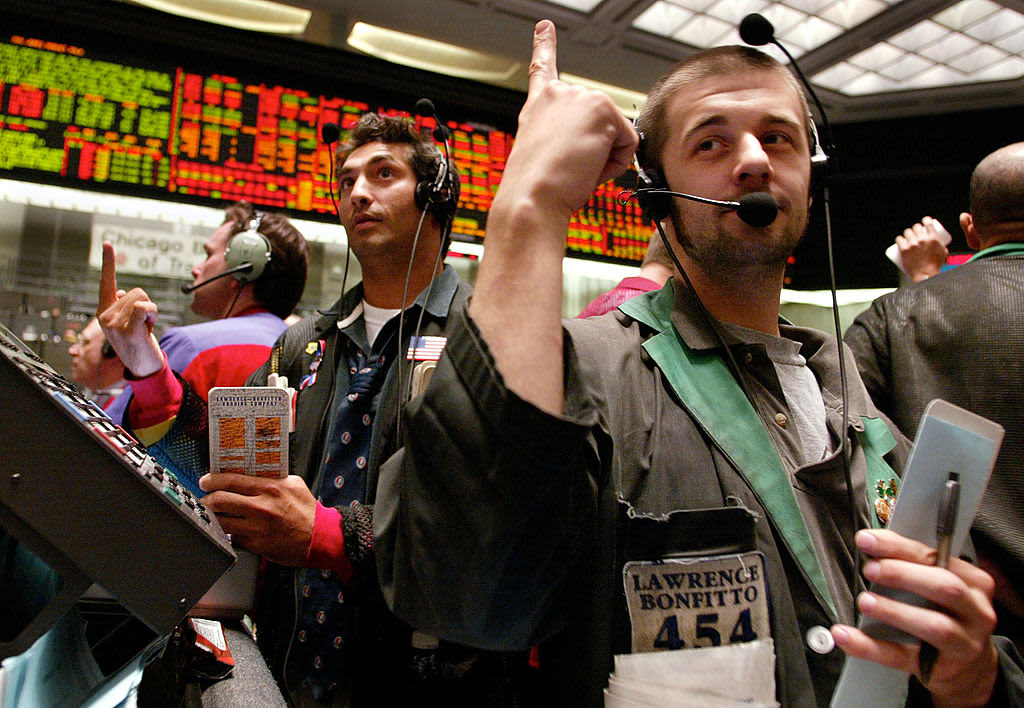The U.S. Treasury’s 10-year yield reached 1.74% on Thursday morning, despite the Federal Reserve’s assurance that it had no plans to raise interest rates anytime soon, nor to reduce its bond-buying program. .
Yield on the 10-year reference Treasury note reduced some gains to 1.722% at 5:15 am Eastern Time. The yield on 30-year Treasury bonds was 2.483%. Yields move inversely to prices.
After the Fed’s two-day monetary policy meeting concluded on Wednesday, the central bank said it sees stronger economic growth than previously estimated, forecasting gross domestic product to rise to 6.5% in 2021. This value is higher than the 4.2% increase in GDP forecast in December.
The Fed also expected core inflation to reach 2.2% this year, but a long-term expectation of around 2%.
The US central bank also indicated that it did not plan to raise interest rates until 2023 and that it would continue its program of buying at least $ 120 billion in bonds per month.
Fed Chairman Jerome Powell reiterated that the central bank wants to see inflation consistently above its 2% target and a significant improvement in the US labor market, before considering changes in rates or monthly bond purchases.
Quilter Investors’ portfolio manager, Hinesh Patel, said on Wednesday after the Fed’s political decision, that “although no answer now is arguably the only move offered, whatever Powell does at this point, the Fed is taking bond markets for the danger zone “
“If they do nothing, the bond market will continue to push yields upward, hoping that the Fed will increase or adjust bond buying, while if it acts now, it will be accused of over-stimulating and doing very well,” he explained.
However, Willem Sels, director of private banking investments and wealth management at HSBC, said that the Fed’s message of a gradual normalization of policy meant that this was a “very different situation from 2013, where the reduction in bonds caught the market by surprise, taking the real yield skyrocketed quickly and significantly, causing the sale of stocks, gold and risky assets. “
There has been some concern that the recent increase in bond yields and inflation expectations could mean a repeat of the 2013 “fury crisis”. That’s when Treasury yields skyrocketed due to market panic, after the Fed said that it planned to start reducing its quantitative easing program.
On Thursday, weekly unemployment insurance claim data is due to be released at 8:30 am Eastern Time.
The auctions are expected to be held on Thursday for $ 40 billion in four-week bonds, $ 40 billion in eight-week bonds and $ 13 billion in 10-month Treasury bonds protected against inflation.
– CNBC’s Thomas Franck contributed to this report.
